Description
The musicality of the Bee Gees seems to have an affinity with Japanese people. In addition to his gentlemanly appearance from England, his many melodious songs featuring beautiful choruses would have been easy for even “adults” who did not accept rock’n’roll to appreciate. His wholesome image made him widely popular in Japan. Of course, the Bee Gees’ reputation is worldwide, but it can be said that they are even more important than that in Japan. After 1977’s “Saturday Night Fever,” the band changed direction, and along with greater fame, it feels like they lost something important to the Bee Gees, but it was their choice, so as fans, we should respect it. Probably not. I wonder if there is something in common with Bowie’s dilemma when he just released “Let’s Dance.” Up until then, the Bee Gees had been a Western music group separate from rock’n’roll, and as a chorus group, they had had a great influence on Japanese group sounds. The Tigers even had a plan to have the Bee Gees compose their song “Smile For Me.” There is no denying that the Bee Gees’ popularity in Japan was made possible by the movie “Small Love Melody.” Although this movie was hardly talked about in Europe and the United States, and was particularly criticized in its home country of the United Kingdom, it was an exceptional hit in Japan, where people of that generation said, “This is our movie.” It is an important piece of work that reminds us of our youth. And whoever sang the theme song for that movie was the Bee Gees. The theme song for this movie, “Melody Fair,” became a big hit in Japan along with the movie, and Saori Minami covered it in Japanese. Even now, this song is often used in commercials, etc., and when you think of the Bee Gees, you think of this song! This is something that Japanese fans are very familiar with. However, there is no record of this song becoming a hit outside of Japan, and it is probably one of the many songs that the artists themselves do not place much importance on, as it was not included in the set list for the Japan performance, which will be discussed later. be. I feel like I went to a KAN concert and they left out “Love Will Win,” but this also shows that Japan is a special market different from Europe and America, and that the musicality of the Bee Gees is very popular with Japanese fans. I think this is part of the proof that there is affinity. [Bee Gees’ performance in Japan] The Bee Gees are one of the first groups to perform in Japan. Their first visit to Japan was in 1972, and at that time they performed in Japan a total of four times. By the way, the opening act was Shiro Kishibe and Bread & Butter. Shiro Kishibe also sang “Wakaba no Koro” on the Tigers reunion stage in 2012. The Bee Gees’ popularity in Japan was already solid, and based on the number of people who came to Japan on their first visit, their success, and their record sales, they decided to come to Japan for three consecutive years in 1973 and 1974. . This work is a recording of their second performance in Japan. In 1973, the number of performances in Japan increased to 13 in total, including not only major cities such as Tokyo, Nagoya, and Osaka, but also Kurashiki and Shizuoka. They must have been surprised at how popular they were in Japan. This work includes the performance from this second visit to Japan, the final performance at Shinjuku Kosei Nenkin Hall. [Jimmy Stevens] The 1973 performance in Japan was accompanied by Jimmy Stevens as the opening act. It is an undercard stage with a total of 10 songs and approximately 50 minutes. Actually, I tried to find out about Jimmy Stevens this time, but unfortunately I couldn’t find out any details. Born in Liverpool, England, he released only one album and disappeared from the major scene after that. Their only album, “Don’t Freak Me Out,” was recorded with an all-star lineup that included not only members of the Bee Gees, but also John Bonham on drums and Peter Frampton on guitar.Musically, Gilbert・It follows the flow of O’Sullivan. On this undercard stage, he mainly performed by himself, mainly playing the piano, and in addition to original songs, he played songs such as “Hey Jude” by the Beatles. Whether it was intentional or not, the performance and singing could easily be compared to Bee Gees songs, and it must have been interesting to the fans who attended the Shinjuku Kosei Nenkin Hall at the time. [Bee Gees] This was the Bee Gees’ second visit to Japan this year, and they seemed very at ease, probably because they had experienced the warm Japanese audience the previous year, and they had a relaxed atmosphere, making a series of jokes at the press conference. He came to Japan. It was right after last year’s Budokan performance was broadcast on TV, and the welcoming atmosphere, with fans arriving in droves from the airport, must have lifted the spirits of the performers. Although they had a tough schedule of performing 13 concerts all over Japan in just half a month, they seemed to be enjoying Japan to the fullest, going sightseeing during their off hours. In addition to the members of the Bee Gees, a live orchestra was on stage, and the cost was unimaginable today. The orchestra that can be heard from the sound source is a live performance, not a tape. The concert opens with the magnificent orchestral performance of “The Tragedy of the New York Coal Mines”. The set list was the same for all performances, except for Barry’s birthday on September 1st, when “Living in Chicago” was added. The audience listened quietly to the many beautiful songs that were played one after another, and gave warm applause. This work is recorded from the original master that has never been released and was provided by a maniac who was present at the Shinjuku Welfare Pension Hall on September 14, 1973. As a record that was recorded from the opening act, it can be said to be a first-class product and a valuable sound source. Moreover, the sound quality is so high that it is strange that it has not been released before. For Bee Gees fans in Japan, this title is a treasure that suddenly appeared before their eyes more than 40 years after the concert. Unfortunately, the battery seems to have run out, and only the encore “Lonely Day” from the middle of “Massachusetts” is missing. This is a real shame and a lack of quality, but the performance and sound quality are so overwhelming that you don’t care about it in front of the sound quality. I hope you will enjoy the Bee Gees’ 1978 performance in Japan, the concert at the Shinjuku Kosei Nenkin Hall, in high quality from the opening act. In addition, as a bonus track, the soundboard sound source of only 12 songs from the Shinjuku Kosei Nenkin Kaikan performance on September 15, 1973, the day after the main part, is included. “Massachusetts” and “Lonely Day” are also completely recorded here, so you can listen to the complete set list at that time with this work. [BEE GEES LIVE IN JAPAN 1973] From the Bee Gees’ second visit to Japan, the September 14, 1973 Shinjuku Kosei Nenkin Kaikan performance is recorded from the high-quality master that appeared for the first time. The following September 15th performance at Shinjuku Kosei Pension Hall was recorded on a soundboard. This is a treasured title for Bee Gees fans who will be able to recreate this year’s performance in Japan, including the opening act. It will also be a valuable record in the history of Japanese overseas artists visiting Japan. LIVE AT SHINJUKU KOSEI NENKIN KAIKAN TOKYO JAPAN September 14, 1973 DISC ONE JIMMY STEVENS as opening act 01. Introduction 02. Paid My Dues 03. Lonely Woman 04. Hey Jude 05. Want You Be My Love 06. Would Be Late To Manchester 07 Brand New Day 08. Mighty Blues 09. Sweet Child Of Mine 10. Wanna Be With You 11. Please Don’t Let It Be BEE GEES as main act 12. New York Mining Disaster 1941 13. To Love Somebody 14. Really And Sincerely 15. Lay It On Me 16. Saw A New Morning 17. I Can’t See Nobody 18. Words 19. In the Morning (Morning of My Life) DISC TWO 01. Don’t Forget To Remember 02. Wouldn’t I Be Someone 03. I Started A Joke 04. My World 05. Run To Me 06. How Can You Mend A Broken Heart 07. I’ve Gotta Get A Message To You 08. Band Introduction 09. Massachusetts LIVE AT SHINJUKU KOSEI NENKIN KAIKAN TOKYO JAPAN September 15, 1973 SOUNDBOARD RECORDING 10. My World 11. Run To Me 12. How Can You Mend A Broken Heart 13. I’ve Gotta Get A Message To You 14. I Started A Joke 15. Saw A New Morning 16. I Can’t See Nobody 17. Words 18. In The Morning 19. Wouldn’t I be someone 20. Massachusetts 21. Lonely days

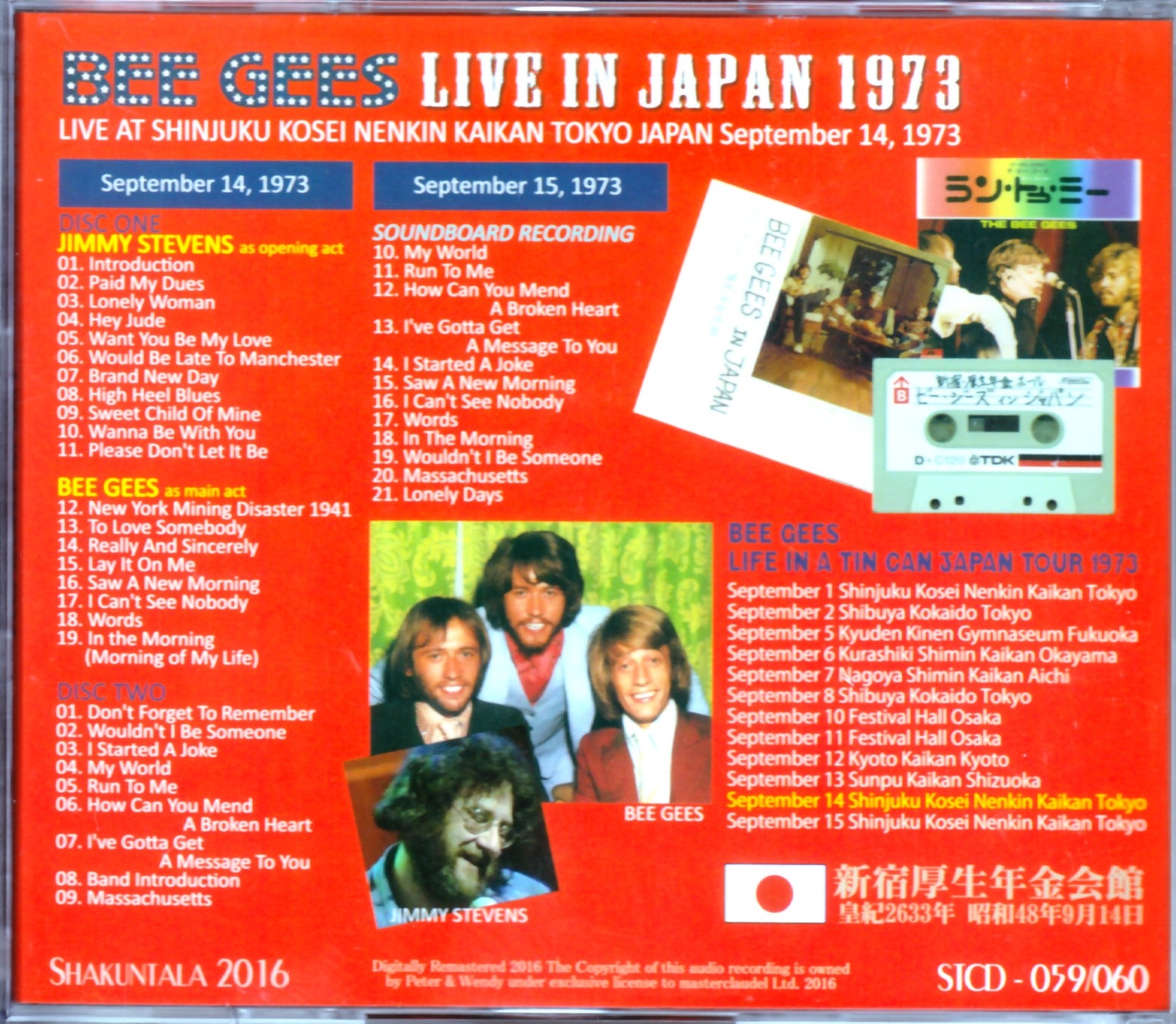

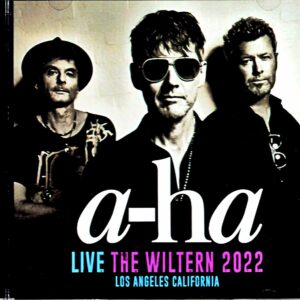
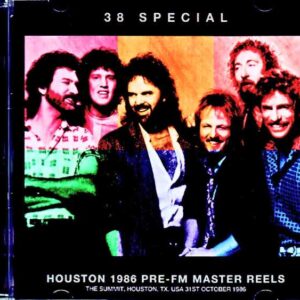
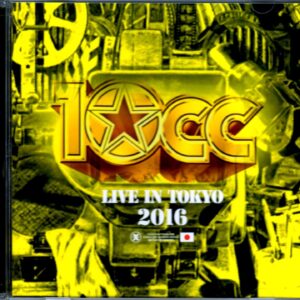
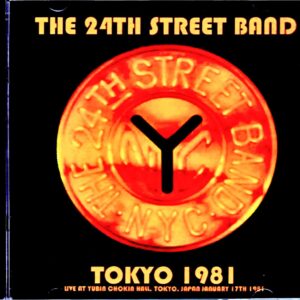
Reviews
There are no reviews yet.